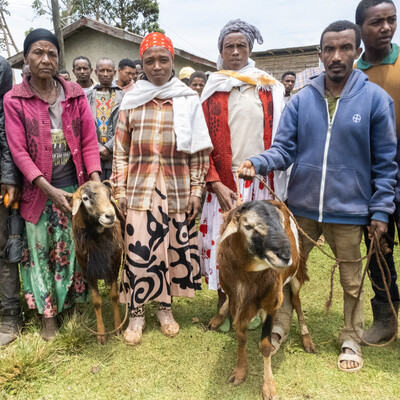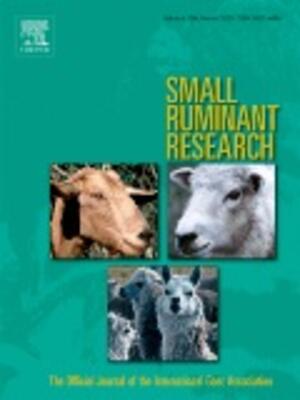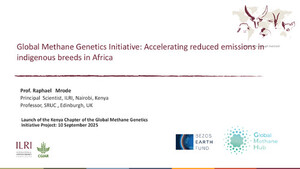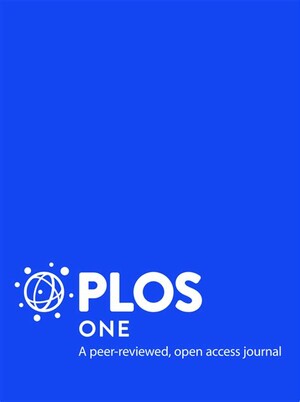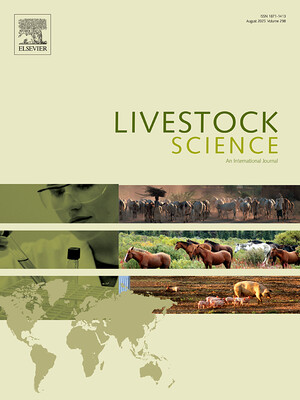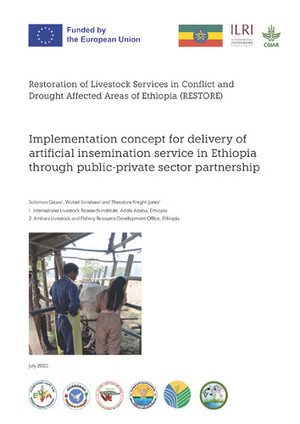
Voices on chicken genetics: of duality and innovation through constant addition

Koen Vanmechelen (photo credit: Wasserman projects)
The Belgian artist Koen Vanmechelen is an internationally renowned, conceptual artist. His work deals with biocultural diversity and identity. He is mostly known for his Cosmopolitan Chicken Project. Central to this project are the chicken and the interbreeding of national chicken species into ʻCosmopolitan Chickensʼ. In this interview with the team of African Chicken Genetic Gains (ACGG), Vanmechelen comes back to his dream, the limits and next steps of chicken breeding and the cooperation with ACGG.
What is your grand vision, your dream?
The dream is to see the different aspects of my work: the art, the philosophy and the practical applications come together in a new reality: a proof of concept that crossing is essential for evolution. I started my Cosmopolitan Chicken Project (CCP) 25 years ago: an art project and a philosophy about crossing and interconnectivity. Over the years, I collaborated with scientists and developed a number of foundations where we bring people together to talk about these ‘big topics’. The Foundations explore the scientific validity and practical applications of the ideas triggered through the art works. The foundations are about fertility in development countries, children rights, feeding the world, building sustainable eco systems. These are not little topics.
The dream is that the narratives of my work (visualized in the art pieces) fit together in one way or another with the practical reality of scientific research and social applications. That fit, that match is a crossing of knowledge and imagination to serve society. It’s a big dream.
What challenges or critiques are you facing?
The main limitation I see is in me, as an artist. An artist comments on society. Something or someone from outside awakens you to take action in another dimension. But you need to keep your senses open, to anticipate, always. if I’m not awake, I might miss the next opportunity to anticipate.
The biggest critique I face in my project is that it is ahead of its time: an interesting idea but not always easily related to practical reality. When 25 years ago I started talking about diversity, everyone believed in monocultures and in exclusive focus on optimizing productivity for development – not just in agriculture: the car industry was all about copy/paste, at scale. Develop everything for everyone and that’s a solution. I was a voice in the desert… The value of diversity is still hard to measure and is often pushed to the backseat of social systems and development projects.
Another common critique is that people think “he’s comparing us to chickens”, when I’m just saying there is a symbiotic relation between humans and chickens. This is a completely different story. The art pieces I create are living objects, through them, we can learn something about ourselves and about the future.
But I also receive hope and inspiration. Every time I feel down, there’s always somebody who believes. I love these people who have been observing the work from a different angle, because they can really add something. I have always said that fertility comes from outside. Staying with the in-crowd bears the danger of blindness and can kill ideas. The people coming from outside are the ones who put something new on the table and all of a sudden things become fertile.
And that’s the idea:
Adding another component. And another one. And another one. And that’s how you build up the real content of your work. It’s all about crossing and that kind of crossing is about respect for the other.
That’s what I really like. Until now every new generation has generated thousands of new ideas. But it’s also fragile, It’s about meeting the right people at the right time and letting the story get written outside of yourself.
You mentioned ethics – where does your project hit ethics?
Ethics is everywhere. The project we’re doing and the project here with ILRI (ACGG) is about sustainability, built out of respect, out of love and built out of the balance between culture and nature. I think that’s where ethics comes in.
With ethics, in a certain way we are moving away from spiritual thinking (ethics is about what you can or cannot do) and moving into a new ethics which is more about how we will divide all our natural resources. This is an unbelievably big ethical debate. The cosmopolitan chicken is also an ethical debate.
The ethics is that we all have to see that humans are part of nature, not instead of or against it and that if we balance nature and culture we can achieve something beautiful.
What do you think of what a project like ACGG is trying to do?
I’ve known Olivier (Hanotte) for a long time. He has the curiosity to think outside the box. Olivier found the genetic diversity of my chickens interesting and seeks to leverage its potential by uniting it with high productivity strains for Ethiopia. The project seeks to balance the benefits from diversity with the technology of productivity. I’m not surprised by what I’m seeing here. There’s equal respect for each other’s work. ACGG people are very honest, trustworthy people. They start from the right base, they think about sustainability, about the value of diversity, they do not look for solutions from the monoculture lens.
The (ACGG) people here are not searching only for productivity. They are looking for democratic food and sustainable systems. They are also working on a dream.
Einstein said: “Is it my knowledge, is it my imagination? Without imagination I wouldn’t have any knowledge” and this team recognizes the value of both imagination and knowledge.
What are the key lessons you’ve learned through your project?
The big lesson is that if you go against yourself, against your deepest voice, you will lose, because you set it out in that way. That’s a lesson for society. Also, every big idea is in front of you but that’s often a blind spot. That’s why other people are there to tell you ‘it’s there’ – but you need to be awake enough to see it.
And finally: Is the universal chicken a layer or a broiler?
It will be a layer. But maybe it can be a broiler as well. It’s the duality that matters.
Also read:
Playing chicken with the art world (New York Times)






